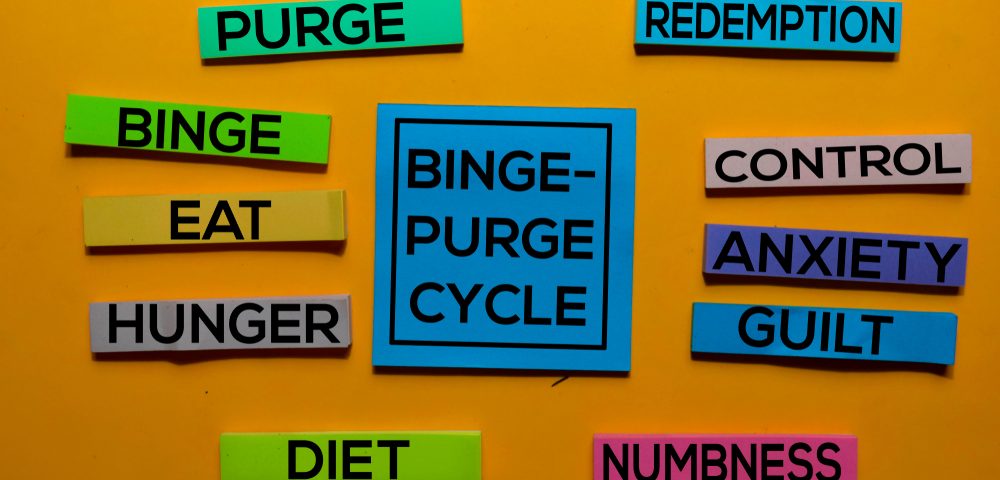
What Life Skills Should Elementary Age Kids Know How to Do
July 17, 2024
What Social Skills Should Jr. High Kids Know
July 22, 2024Binge eating disorder (BED) is a serious mental health condition characterized by recurrent episodes of consuming large quantities of food in a short period of time, often accompanied by feelings of loss of control and distress.
Here are some signs and symptoms of binge eating:
- Eating Large Amounts of Food: Consuming unusually large quantities of food in a discrete period, such as within a two-hour timeframe, and feeling out of control during the episode.
- Rapid Eating: Eating rapidly during binge episodes, to the point where it’s uncomfortable or painful.
- Eating When Not Hungry: Eating even when not physically hungry or continuing to eat beyond the point of feeling full.
- Feeling Guilty or Ashamed: Experiencing intense feelings of guilt, shame, or distress after a binge episode.
- Hiding Food or Eating in Secret: Hiding food or eating in secret to avoid embarrassment or judgment from others.
- Frequent Dieting: Engaging in frequent dieting or restrictive eating behaviors, which can sometimes trigger binge episodes.
- Preoccupation with Food: Obsessive thoughts about food, eating, weight, or body shape, which may consume a significant amount of mental energy.
- Eating Alone: Preferring to eat alone or in isolation during binge episodes to avoid scrutiny or judgment from others.
- Eating Past Feelings of Fullness: Continuing to eat even after feeling physically full, often to numb emotions or cope with stress, anxiety, depression, or other emotional issues.
- Weight Fluctuations: Experiencing significant fluctuations in weight due to binge eating behaviors, which may lead to overweight or obesity over time.
It’s important to note that occasional overeating does not necessarily indicate binge eating disorder. However, if these behaviors are recurrent, distressing, and interfere with daily functioning, it may be a sign of a more serious issue that requires professional help. If you or someone you know is struggling with binge eating or disordered eating patterns, it’s important to seek support from a qualified healthcare provider or mental health professional.
To learn more tips and parenting subscribe to MASK The Magazine, parenting solutions for today’s families
Subscribe to MASK The Magazine
Or
Did you know that you can add past issues of MASK The Magazine and start your MASK Library –
Enroll your child or school in the MASK E3 Institute to equip them with the knowledge to make safe healthy and informed decisions.




